But in those days, Ha Giang was only for the most adventurous. Terrible roads, unwelcoming officials requiring of complicated travel permits and the scarcity of serviceable hotels left this most alluring slice of Vietnam out of most itineraries.
In recent years things have changed. Improvements to the roads have paved the way for safer easier travel and a handful of hotels and guest houses have also opened.
Even with better roads though, travel in Ha Giang still involves long road trips that will likely keep growth in visitors in check - which is not a bad thing.
During the past decade, Sapa, more than 200kms to Ha Giang's west, has become the focus for travellers seeking to explore Vietnam's mountainous north - and it's probably developed too fast for its own good.
Ha Giang will benefit from a more measured development that, with any luck, its remoteness might impose.
HA GIANG - NEED TO KNOW
Ha Giang - getting there and away
Ha Giang's first wave of international travellers arrived on Minsk motorcycles from Hanoi in the early 1990s.The roads were rough - more like tracks - there were very few tourists and only the most basic places to stay.
The roads have improved as have transport links but the area remains popular with motorcycle adventurers. The most intrepid rent bikes in Hanoi and do it themselves. Others join escorted motorcycle tours.
And with much improved roads, an increasing number of travellers are arriving by car or bus.
Independent travel is an option for those with loads of time. For those on a tighter schedule, private or small group tours are the best option.
Try and spend at least 4 nights in Ha Giang province as it will allow time outside the car or off the bike for mountain and village walks - the highlight of travel in Ha Giang.
Hanoi to Ha Giang = 282kms. Allow 7 - 8 hours with stops.
Ha Giang to Dong Van = 150kms. Allow 4 - 6 hours with stops
Dong Van to Meo Vac = 28kms. Allow 2 hours with stops.
Ha Giang - getting around
Spend as much time walking as you can. There are plenty of beautiful walks right by the small towns you'll be staying in. And random stops along the way can be enjoyable too.
You'll cover the longer distances by whatever means of transport you arrived on - motorbike, car or bus.
The steep mountains make Ha Giang suitable only for the fittest of cyclists.
Ha Giang - health and safety
Ha Giang is safe in terms of crime. Traffic accidents pose the biggest risk to travellers to the area.
Motorcycle riders expose themselves to the usual hazards. Roads are mostly ok but variable in places and can be impacted by heavy rains and landslides. Traffic tends not to be heavy but there are large trucks. The steep terrain increases the risks of serious road accidents.
Hospital and medical facilities are basic in the extreme. There's a small hospital in Ha Giang town and clinics in the other smaller towns.
Ha Giang - ATMs, internet, mobile
There are ATMs available in Ha Giang town and Dong Van. We did not see any in Meo Vac. Keep some extra cash on hand since reliability of remote ATMs might be an issue.
Hotels in the towns mostly claim to offer wifi though it was variable. You'll usually be able to access the internet in a hotel lobby if not in your room.
The major phone services have surprisingly good coverage (often including 3G) in most towns.
Viettel, which is owned by the Vietnamese military, has the best coverage in remote areas. Their service was often available even on remote treks.

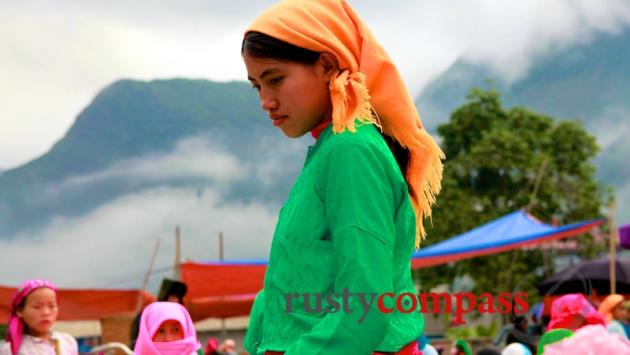
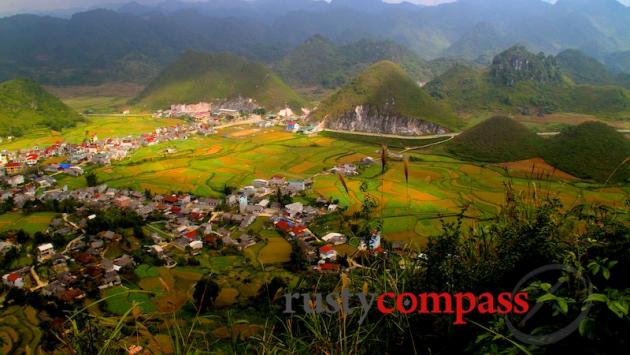
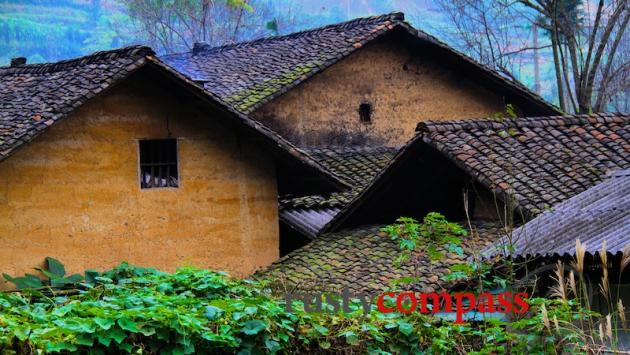
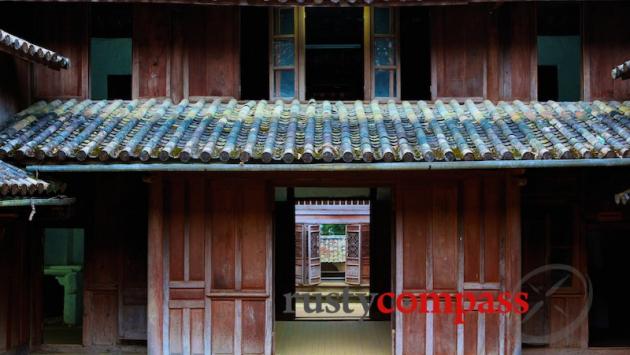
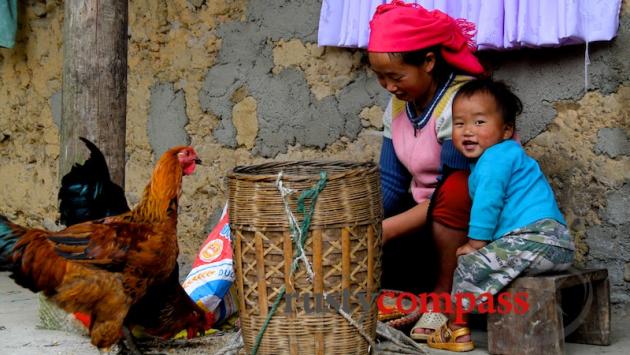
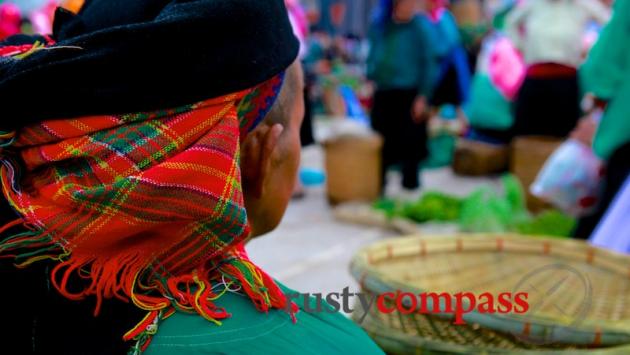
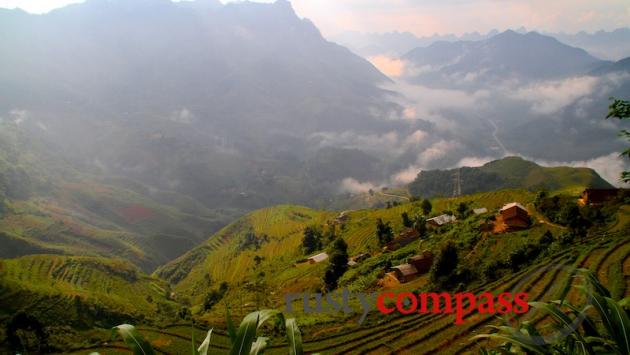





Twitter: @rustycompass
Rusty Compass is an independent travel guide. We’re focused on providing you with quality, unbiased, travel information. That means we don't receive payments in exchange for listings and mostly pay our own way. We’d like tourism to be a positive economic, environmental and cultural force and we believe travellers deserve disclosure from publishers. Spread the word about Rusty Compass, and if you're in Saigon, pop in to The Old Compass Cafe and say hi. It’s our home right downtown on Pasteur St. You can also check out our unique tours of Ho Chi Minh City and Sydney at www.oldcompasstravel.com Make a financial contribution using the link below. Even small amounts make a difference. Thanks and travel well!